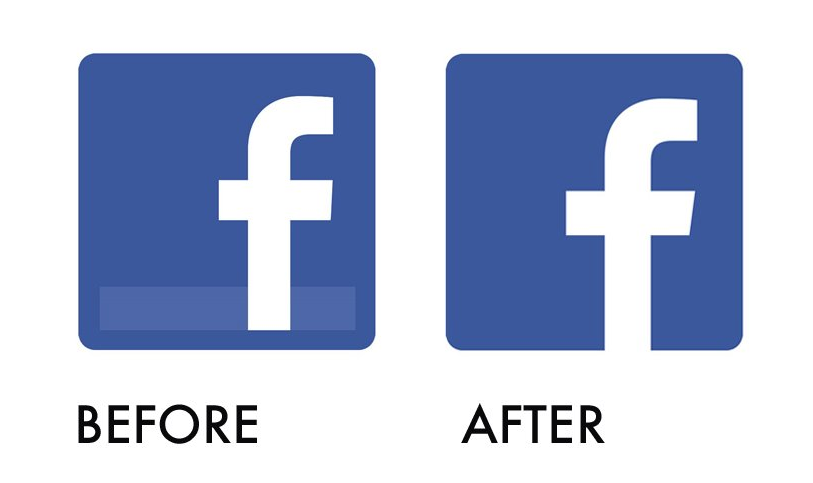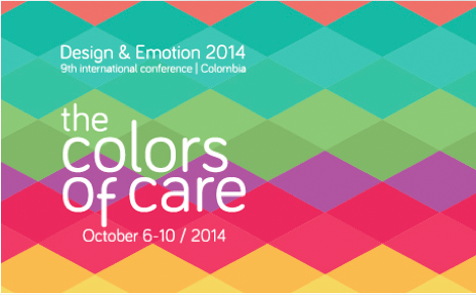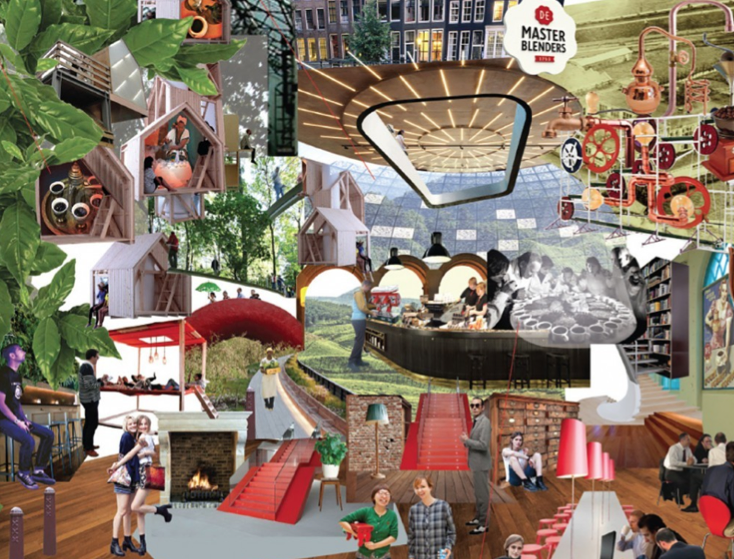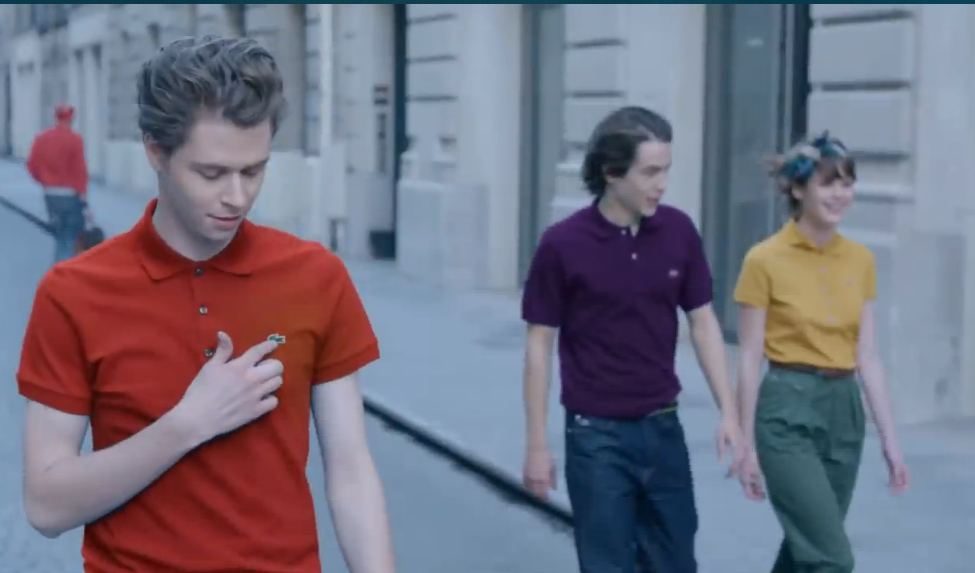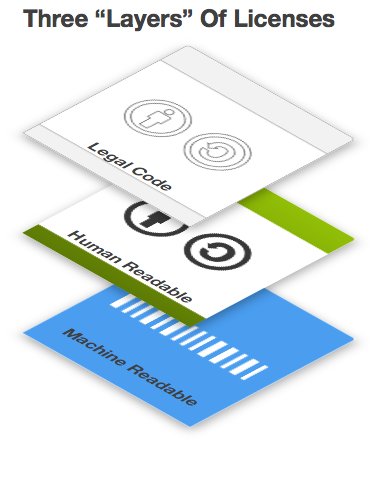Category: Emotional design
Logo aanpassingen
Je eigen Magnum – Magnum Pleasure Spots
Emoties en design
Framework of Product Experience
Framework of Product Experience
Pieter Desmet* and Paul Hekkert
Department of Industrial Design, Delft University of Technology, Delft, The Netherlands
In this paper, we introduce a general framework for product experience that applies to all affective responses that can be experienced in human-product interaction. Three distinct components or levels of product experiences are discussed: aesthetic experience, experience of meaning, and emotional experience. All three components are distinguished in having their own lawful underlying process. The aesthetic level involves a product’s capacity to delight one or more of our sensory modalities. The meaning level involves our ability to assign personality or other expressive characteristics and to assess the personal or symbolic significance of products. The emotional level involves those experiences that are typically considered in emotion psychology and in everyday language about emotions, such as love and anger, which are elicited by the appraised relational meaning of products. The framework indicates patterns for the processes that underlie the different types of affective product experiences, which are used to explain the personal and layered nature of product experience.
a Multilayered Model of Product Emotions
a Multilayered Model of Product Emotions
Pieter M.A. Desmet
Industrial Design Delft, Delft University of Technology
This paper introduces a theoretical basis for the process that underlies all emotional responses to consumer products. Five distinct classes of product-evoked emotions are discussed, which are each the outcome of a unique pattern of eliciting conditions. The framework for these patterns was drawn from a model that reveals the cognitive basis of product emotions. The main proposition of this model is that all emotional reactions result from an appraisal process in which the individual appraises the product as (potentially) harming or favouring one or several of his or her concerns. In this perspective, the concern and the appraisal are considered key-parameters that determine if a product evokes an emotion, and if so, what emotion is evoked. Because each of the five classes of product emotions (i.e. instrumental, aesthetic, social, surprise, and interest emotions) is discussed in terms of these key-parameters, it can be used to explain the complex and often personal nature of product emotions, and support designers in their efforts to design for emotion.

